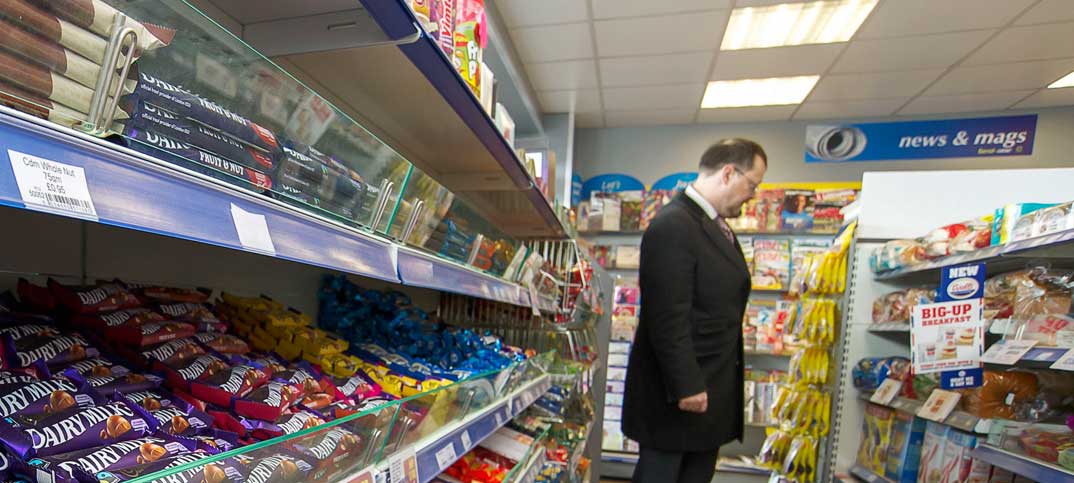Encircled by Tesco and Sainsbury’s and Aldi and Lidl? How does an independent retailer start to respond?
Award-winning shopkeeper Gwen Patterson is clear. The £1 price point has commoditised consumer goods, she says. Her investment is in food to go where good margins are possible.
She tells me this with a smile, and behind the smile is the optimism of an independent retailer willing to change as the market changes, and as her customers change.
The journey that she is on may not be right for your shop, but you need to consider making a similar journey. You cannot hope to be encircled and survive.
Trends towards price-marking and lower margins are pushing shoppers, sometimes unwillingly, into the ambit of Amazon and its internet peers.
Have a look at Dollar Shave Club to see how even niche upstarts are able to pinch your shoppers.
Two useful questions may help you decide where you need to take your business. The first is: “Does a Mars bar bought from you taste the same as a Mars bar bought from the Co-op?”
If your answer is yes then you don’t own your shoppers. They will only be in your shop if it is convenient. They are likely to be deal junkies, paying only attention to the price of goods.
If your answer is no then your shoppers are also consumers. They value how you serve them and trust what you stand for. Their chocolate treat tastes better when they buy it from you.
Your aim has to be to turn shoppers into consumers of your store’s unique benefits.
For example, if you are a magazine specialist that can get readers to find titles they love but did not know about, such as Zen Colouring, then they will become consumers.
If you know about your wine range and can help shoppers find great new wines that they will enjoy every week then they will become loyal consumers.
If you have great fresh produce and can encourage customers to try new recipes and ideas then they will become your consumers.
If you do food to go or eat in, then they are definitely consumers. They will judge everything you do by the quality of the coffee you serve and the ambience in which they drink it.
The second question is: ‘Do you understand your numbers?’. Too many retailers don’t do the maths. Do you know if price-marking works for you? How do you calculate it?
The simple way is as follows: Write down the gross margin as a number (25% is 25). Write down the discount as a number (10% is 10). Subtract the discount from the margin (25-10 = 15). Then divide the margin by this number (25/10 = 1.66).
What this means is that if you offer a 10% discount then you need to grow your sales by 66% in order to break even on the deal.
There are some positive demographic trends that make it a good time to be running a local convenience store. But you need to pay attention to two things: growing the loyalty of your customers to your business and the numbers.
Work hard for yourself first before you start helping your suppliers.





Comments
This article doesn't have any comments yet, be the first!